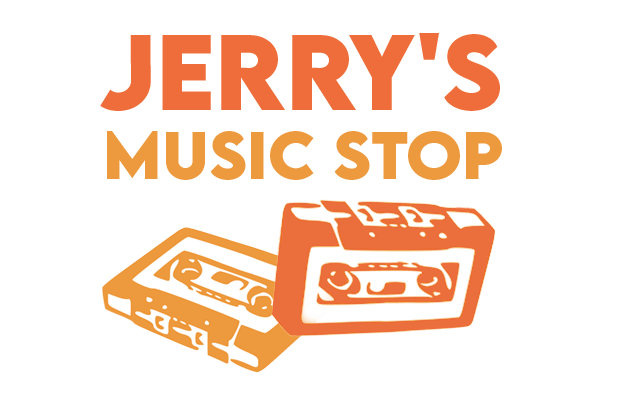The average person listens to music for 18 hours per week. With the advancement in technology, it is much easier to find and listen to our favorite singles or albums. It just spices up every area of our lives; in the car, on trips, grocery stores, waiting rooms, and it’s proven to help when doing house chores.
Of course, it was not always this accessible. Before we got to this stage in listening to music, it required more time and attention. That’s why early music listeners will tell you it was a rare and luxurious pleasure. Trust me, it truly was!
Old music players
In the early 1800s, Edouard-Leon Scott de Martinille, a French inventor, invented the first music player and sound recorder. The device was known as the phonautograph. Although it was not the first music player, it was important to the development of later technologies.
In July 1877, Thomas Edison invented the first music playing device that was able to play and record music—the phonograph. The first ever sound recorded and played was Edison’s rendition of “Mary Had a Little Lamb.”
Music devices from the 1800s
- Graphophone
Alexander Graham Bell was the first person to change Edison’s design. Wax cylinders were used to give them stronger ridges, which are more effective in recording sounds.
- Gramophone
Emile Berliner, a German inventor, also made modifications to the phonograph. Berliner introduced flat disks; vinyl was created from them.
- Music Boxes
Unlike other inventions, the music box was not designed to create sound. They are made to produce a delicate sound.
- Radios
Up until the 1920s, radios were used primarily for military purposes. After World War I ended, people began buying these devices for personal use.
- Accordeo Boys
After radios, inventors started to get more creative, and this can be seen with the accordeo boys. It was a type of musical automation with moving lips, eyebrows, head, and fingers. It is rare to find one today.
- Player pianos
This device was used with a perforated music roll to imitate two people playing the piano. They were mainly designed for live performances.
- Steam Calliopes
This is one early version of a portable music player. They were steam power organs that produced loud music to attract others.
- Automatic pipe organs.
The automatic pipe organ played music from rolls of etched paper. They are introduced into theatres to serve as a type of soundtrack for silent films.
- Jukeboxes
These devices were technically coin operated phonographs. They were popularly known for their juke points—spaces that formed around the device.
- Transistor Radio.
Another prominent music device in history is the transistor radio. It was a portable music player that was marketed towards adults and teenagers.
- Walkman and cassette
In 1966, Nina Simone released a portable cassette tape for people to record with. In the 1980s, the Walkman—a portable cassette player with a headphone jack—dominated the music culture.
- CD player
The next step after the cassette player was a CD player. In 1982, Sony released the first commercially available CD player.
- MP3 player
After the prototype of the first MP3 player, more affordable MP3 players began a thing in the music culture.
